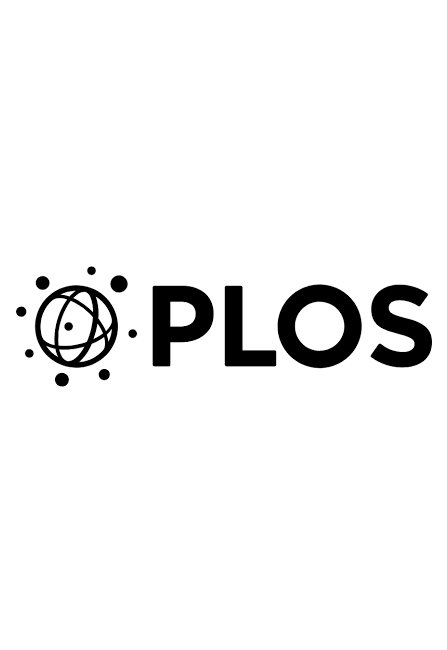Neurog3 misexpression unravels mouse pancreatic ductal cell plasticity.
PLoS One. 2018 Aug 9;13(8):e0201536. doi: 10.1371/journal.pone.0201536. eCollection 2018.
Vieira A1, Vergoni B1, Courtney M1, Druelle N1, Gjernes E1, Hadzic B1, Avolio F1, Napolitano T1, Navarro Sanz S1, Mansouri A2,3, Collombat P1.
Author information
1. Univ. Nice Sophia Antipolis, Inserm, CNRS, iBV, Nice, France.
2. Max-Planck Institute for Biophysical Chemistry, Department of Molecular Cell Biology, Am Fassberg, Göttingen, Germany.
3. Department of Clinical Neurophysiology, University of Göttingen, Göttingen, Germany.
Abstract
In the context of type 1 diabetes research and the development of insulin-producing β-cell replacement strategies, whether pancreatic ductal cells retain their developmental capability to adopt an endocrine cell identity remains debated, most likely due to the diversity of models employed to induce pancreatic regeneration. In this work, rather than injuring the pancreas, we developed a mouse model allowing the inducible misexpression of the proendocrine gene Neurog3 in ductal cells in vivo. These animals developed a progressive islet hypertrophy attributed to a proportional increase in all endocrine cell populations. Lineage tracing experiments indicated a continuous neo-generation of endocrine cells exhibiting a ductal ontogeny. Interestingly, the resulting supplementary β-like cells were found to be functional. Based on these findings, we suggest that ductal cells could represent a renewable source of new β-like cells and that strategies aiming at controlling the expression of Neurog3, or of its molecular targets/co-factors, may pave new avenues for the improved treatments of diabetes.

